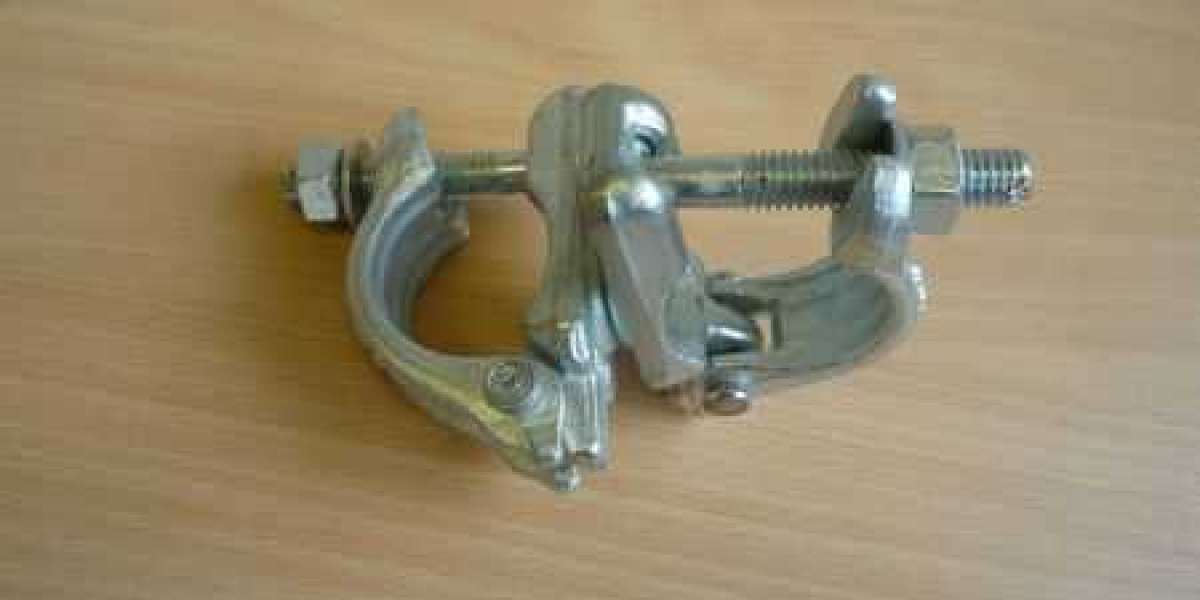The Importance of Soft Meals for Kittens: kittens soft meal especially those in their early weeks of life, have delicate teeth and developing jaw strength. Introducing soft meals is essential to make eating more manageable for them. Soft meals also mimic the texture of their mother's milk, providing a smooth transition to solid foods.
Age-Appropriate Soft Meals: Kittens generally start to wean from their mother's milk around three to four weeks of age. At this point, it's crucial to introduce soft meals that are specifically formulated for kittens. These meals typically come in the form of wet or canned kitten food, which offers the right balance of nutrients to support their rapid growth.
Nutritional Requirements: Look for soft meals that meet the specific nutritional needs of kittens. These include high-quality proteins for muscle development, essential fatty acids for a healthy coat, and vital vitamins and minerals for overall growth. Consult with your veterinarian to choose the most appropriate soft meal based on your kitten's breed, age, and health status.
Transitioning from Milk to Soft Meals: The transition from milk to soft meals should be gradual. Start by mixing a small amount of soft kitten food with kitten formula or mother's milk replacement. As your kitten becomes accustomed to the new texture, gradually increase the ratio of soft food to formula until they are solely eating soft meals.
Feeding Schedule: Kittens have small stomachs and high energy levels, requiring frequent meals throughout the day. Aim for at least four to five small meals daily to ensure they receive the necessary calories and nutrients for optimal growth. Establishing a consistent feeding schedule also helps regulate their digestive system.
Texture Matters: Choose soft meals with a smooth and easily digestible texture. Pâté-style or minced wet kitten food is often well-received by kittens, providing a palatable experience. Avoid large chunks or overly textured food initially, as kittens may find it challenging to chew and swallow.
Hydration is Key: Wet kitten food not only provides essential nutrients but also contributes to their daily hydration needs. Proper hydration is vital for overall health, particularly in kittens who may not have developed the habit of drinking water independently.
Monitor Growth and Adjust Portions: Keep a close eye on your kitten's weight and growth rate. Adjust the portion size of soft meals as needed to ensure they are receiving an appropriate amount of calories. Kittens should steadily gain weight during their early months, but rapid or excessive weight gain may require adjustments to their diet.
Introduce Variety Gradually: As your kitten grows, gradually introduce a variety of soft food flavors and textures. This helps prevent them from becoming finicky eaters and ensures they receive a diverse range of nutrients.
Soft meals play a crucial role in the healthy development of kittens, offering a nutritious and easily digestible option during their weaning phase. By selecting age-appropriate, high-quality soft kitten food, establishing a consistent feeding schedule, and monitoring their growth, you can provide your furry friend with the best start in life. Consult with your veterinarian for personalized advice, and enjoy the rewarding journey of nourishing your kitten into a happy and healthy adult cat.








